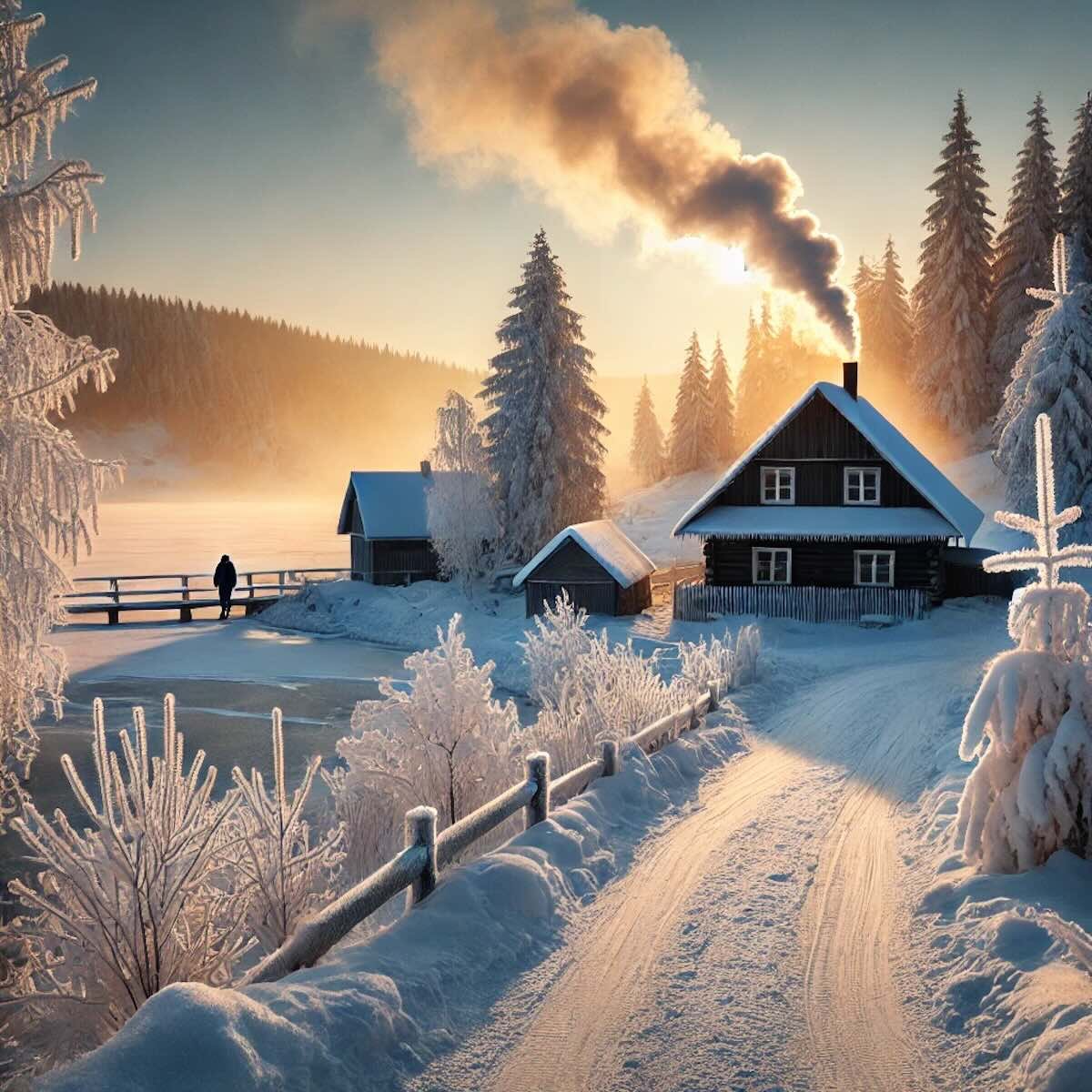What Happens During a Cold Snap?
When winter weather takes an extreme turn, plunging temperatures into the frigid zone, it’s often referred to as a cold snap. These sudden, intense drops in temperature can have profound effects on both the environment and daily life. Let’s break down what happens during a cold snap and how it impacts us.
What is a Cold Snap?
A cold snap occurs when temperatures rapidly decline over a short period, typically lasting a few days. These events are often caused by Arctic or polar air masses moving southward, driven by changes in jet stream patterns. While cold snaps are common in winter, their intensity and duration can vary greatly depending on the region.
Impacts on the Environment
Temperature Plunge: During a cold snap, temperatures can drop well below freezing, sometimes reaching dangerous levels. The rapid cooling can catch plants, animals, and even infrastructure off guard.
Ice Formation: Standing water freezes quickly during a cold snap, forming layers of ice on roads, sidewalks, and waterways. Frost can also coat plants, roofs, and windows.
Effects on Wildlife:
Animals: Many animals must expend extra energy to stay warm. Birds puff up their feathers to insulate themselves, and some mammals rely on fat reserves to endure the cold.
Aquatic Life: Ice formation can reduce oxygen levels in lakes and ponds, stressing aquatic species.
Vegetation Damage: Sudden cold can harm crops, ornamental plants, and trees. Rapid freezing can damage cell structures, causing leaves and branches to wilt or die.
How a Cold Snap Affects Daily Life
Increased Energy Use: Households and businesses crank up the heat, leading to higher energy consumption. This can sometimes strain power grids, especially during prolonged cold spells.
Travel Disruptions: Icy roads and snow-covered highways make driving treacherous. Airports may also face delays or cancellations due to de-icing needs and low visibility.
Plumbing Issues: Water pipes are at risk of freezing and bursting during extreme cold. Insulating pipes becomes essential to prevent costly repairs.
Health Concerns:
Frostbite and Hypothermia: Exposure to freezing temperatures can lead to frostbite in minutes and hypothermia if proper precautions aren’t taken.
Respiratory Illnesses: Cold air can exacerbate respiratory conditions, making it harder to breathe for those with asthma or COPD.
Cold Snap Preparedness
Dress in Layers: Wear insulated clothing, hats, gloves, and scarves to retain body heat.
Winterize Your Home: Seal windows, insulate pipes, and keep a steady flow of heat to prevent freezing issues.
Check on Vulnerable Individuals: Elderly neighbors, children, and pets are particularly vulnerable during cold snaps. Ensure they have adequate heating and protection.
Stock Up: Have an emergency kit with food, water, flashlights, batteries, and blankets in case of power outages.
The Beauty of a Cold Snap
While cold snaps can be challenging, they also bring moments of awe. Hoarfrost can create stunning icy sculptures on trees and fences, and the crisp air often makes for beautiful winter sunsets.
A cold snap is a reminder of nature’s power and unpredictability. With proper preparation and awareness, you can weather these icy events while staying safe and comfortable. Stay warm out there!

